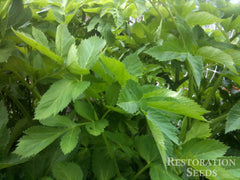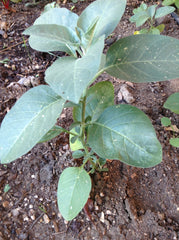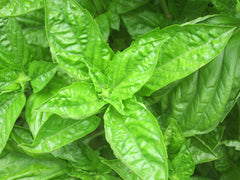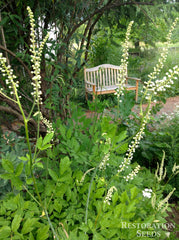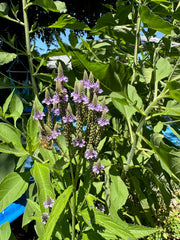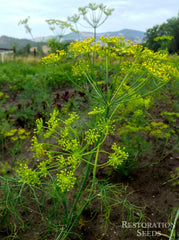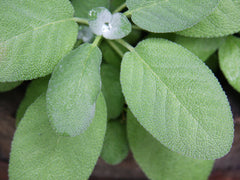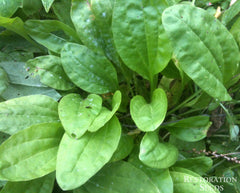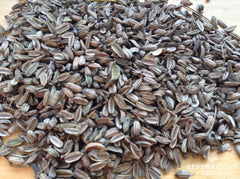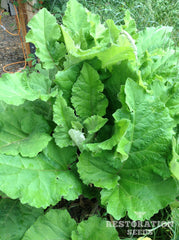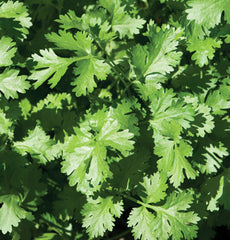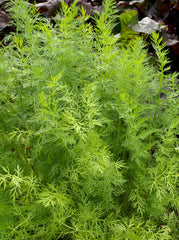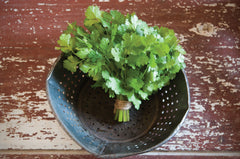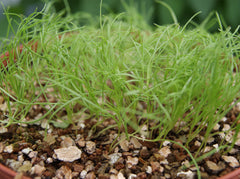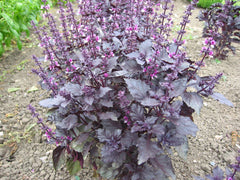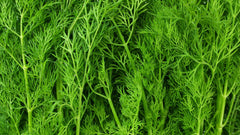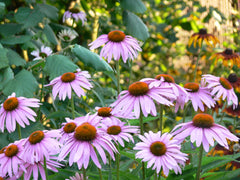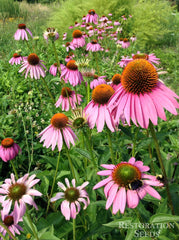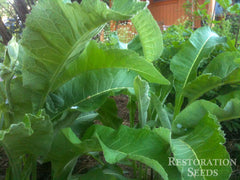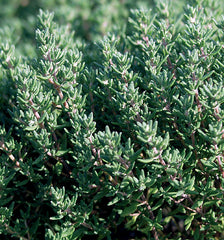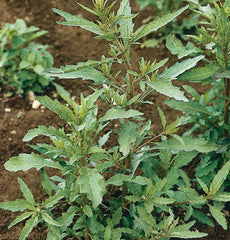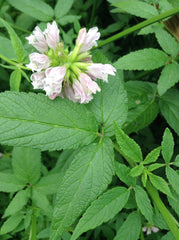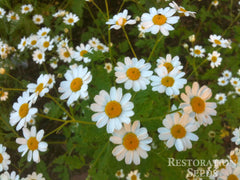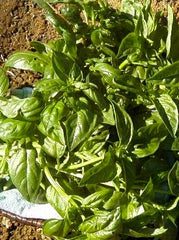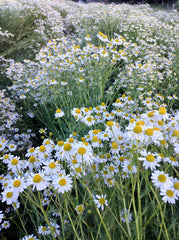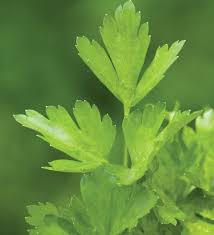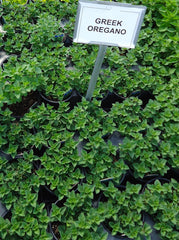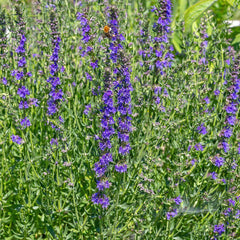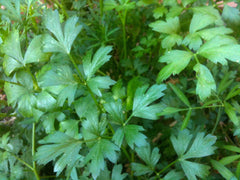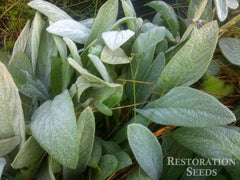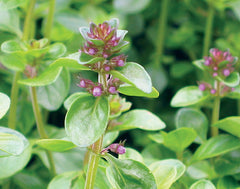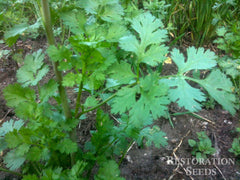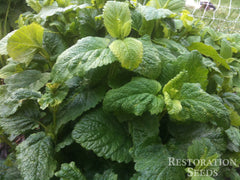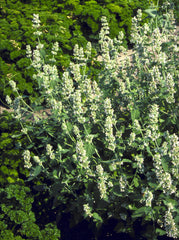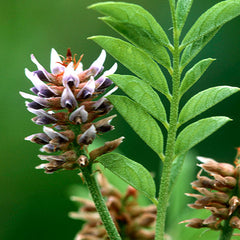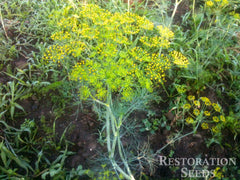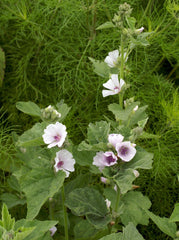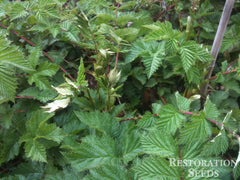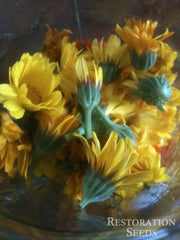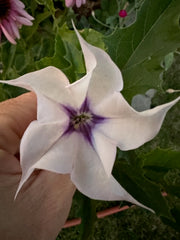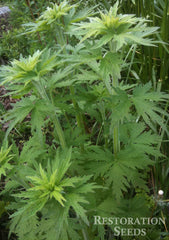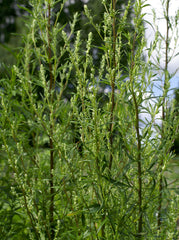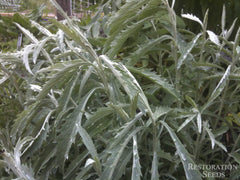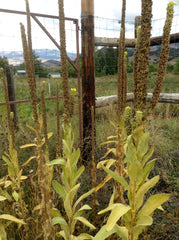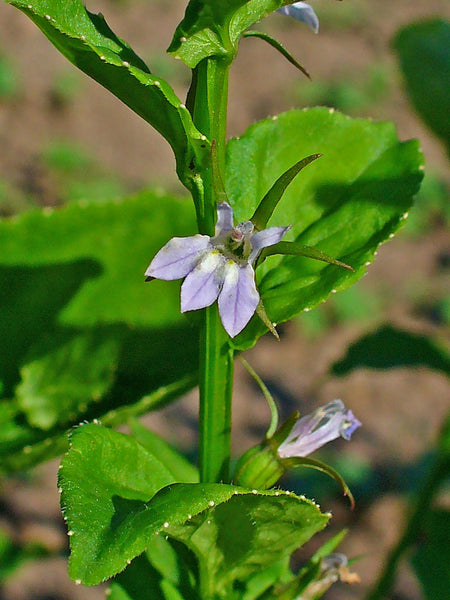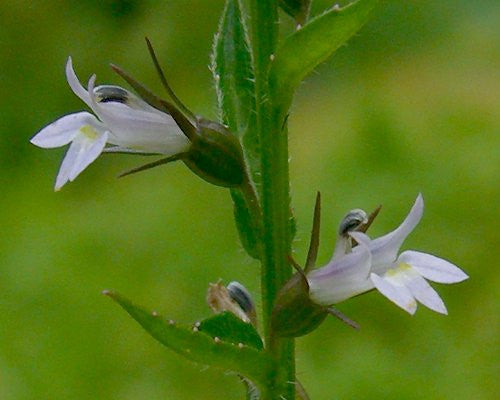Lobelia Inflata
Lobelia inflata
HOW TO GROW LOBELIA INFLATA
Best to direct sow in the warm soil of summer or with first fall rains. Germinates in the Fall, over winters, flowers next spring early summer. Over wintering annual or annual. Do not grow as spring annual for best production. Germination is irregular. If you try to grow it as an annual in one season, it bolts early with low plant material yield. Cold stratify 2 months before starting indoors. Grows in disturbed habitats cliffs, balds, or ledges, meadows and fields, ridges or ledges, shores of rivers or lakes. Seeds require light to germinate, press into soil, do not cover. Likes heat to grow. Soil pH 6.1-7.8. Hardiness zones 4-9. Biennial.
Days from maturity calculated from the date of seeding. Average 500,000 seeds per ounce. Usual seed life 3–4 years.
Planting Depth surface requires light
Soil Temp. Germ. 65-75˚F stratify
Days to Germ. 2–4 weeks
Plant Spacing 12-18”
Row Spacing 24-36”
Days To Maturity 90-120
Storage Refrigerate
Full Sun, Moist Well Drained
Days from maturity calculated from the date of seeding. Average 500,000 seeds per ounce. Usual seed life 3–4 years.
Planting Depth surface requires light
Soil Temp. Germ. 65-75˚F stratify
Days to Germ. 2–4 weeks
Plant Spacing 12-18”
Row Spacing 24-36”
Days To Maturity 90-120
Storage Refrigerate
Full Sun, Moist Well Drained
- 1000 Seeds$4.10
- 10000 Seeds$15.50
Used fresh or dry for asthma, bronchitis, sore throats and coughs. Native use as an entheogenic herb. Antispasmodic, expectorant and respiratory stimulant. Low dose botanical, excess doses induce vomiting and respiratory failure. Lobeline helps people give up smoking tobacco. Light blue 1/4" flowers followed by infl...
Used fresh or dry for asthma, bronchitis, sore throats and coughs. Native use as an entheogenic herb. Antispasmodic, expectorant and respiratory stimulant. Low dose botanical, excess doses induce vomiting and respiratory failure. Lobeline helps people give up smoking tobacco. Light blue 1/4" flowers followed by inflated pods, annual growth to 1 - 3”. Plant is harvested when lower fruits are ripe, used fresh or dried. Delicate violet flowers with yellow tints on the inside. Also known as Indian Tobacco, Asthma Weed, Pukeweed and Eyebright. Contains alkaloids and can be toxic. Tags: Season: Late Summer Fall, Certification: Organic.
Native to the central, southern, and eastern US. Eastern North America as far west as Nebraska and Arkansas.
Native to the central, southern, and eastern US. Eastern North America as far west as Nebraska and Arkansas.
Learn More
Meet Your Farmer
We promote fair trade, organic practices and environmental responsibility throughout the Restoration Seeds supply chain. Below are the family farmers and seed suppliers who bring our open pollinated seeds to you.
Pacific Botanicals
Certified Organic by Oregon Tilth
Seed grower since 1979


We have been growing high quality organic medicinal herbs in the Applegate Valley now for over 30 years. In that time we have learned a few things. We have learned which types of herbs do well here and have selected the various varieties to fit our microclimate and to achieve maximum potency. We promise you will not find higher quality herbs grown anywhere in the world. We are certified organic in growing and processing by USDA and Oregon Tilth since 1979.
Reviews
